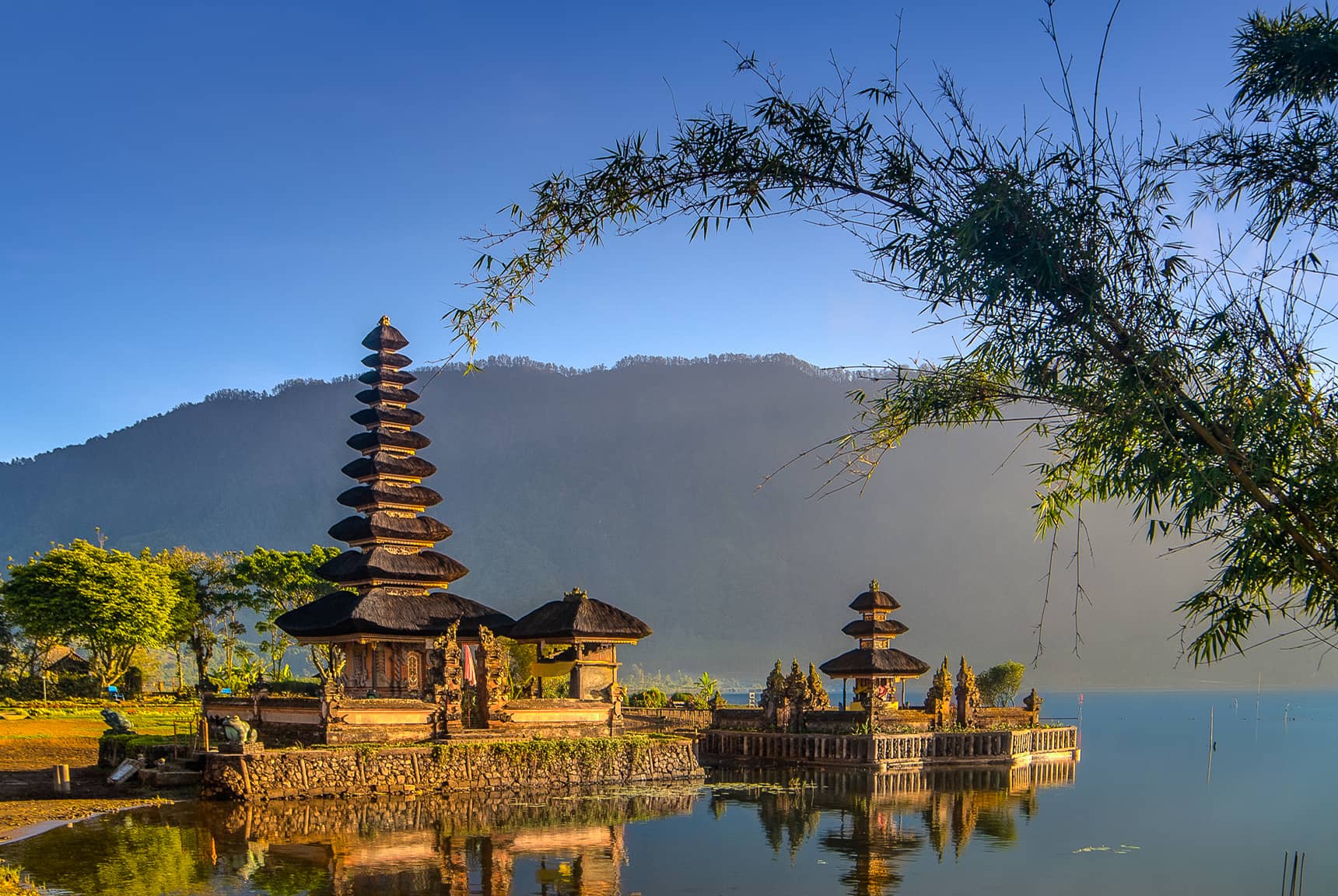
Travel Information for Bali Indonesia
Culture
Bali is famous for many forms of art, including painting, sculpture, woodcarving, handcrafts, and performing arts. Balinese gamelan music is highly developed and varied. The dances portray stories from Hindu epics such as the Ramayana. Famous Balinese dances include pendet, legong, baris, topeng, barong, and kecak, or monkey dance.
Unlike the rest of Indonesia (which is the largest Muslim country in the world), the majority of Bali's population adheres to Balinese Hinduism, formed as a combination of existing local beliefs and Hindu influences from mainland Southeast Asia.
The most unique and picturesque Hindu celebration takes place on their New Year, known as Nyepi, which is celebrated in the spring by a day of silence. People in each city and village across the entire island spend months in advance of Nyepi hand-crafting giant, colorful paper mache and/or styrofoam demons. These "ogoh-ogoh" characters are then paraded through the street on the night before Nyepi Day, and then at the end of the parades they’re often burned as a purification rite. Local Balinese and island visitors gather in great numbers to watch—and photograph—this celebration. (You can see a couple of photos of these paper mache monsters in our Bali image gallery for ceremonies.)
The next day, which is New Year’s Day, is a day where no one is allowed to go outside. This is a very strange day in Bali as the streets are literally empty of cars and motor bikes, and even the international airport is closed with no planes arriving or departing. On Nyepi evening, no one is allowed to turn on any lights which would be visible outside and the entire island is dark, which means there is no better night for star-gazing! (You can get an idea of the number of stars visible by watching this timelapse video we created of the Nyepi night Milky Way.)
Apart from the Nyepi, the Balinese calendar is literally filled with other ceremony dates throughout the year. Generally observed by each village, these celebrations are carried out in public, which provides island visitors many opportunities to see and photography the local Balinese in the colorful ceremonial costumes.


Designed by LuxViz in Bali | Copyright © | All Rights Reserved